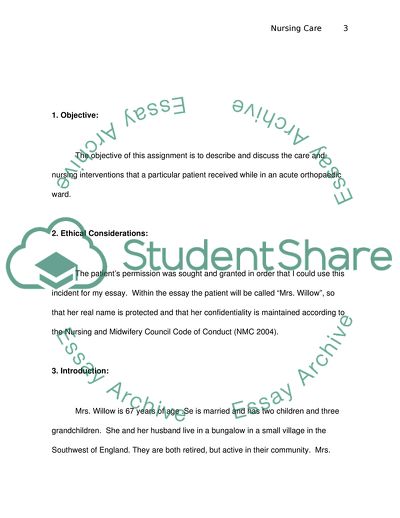Cite this document
(Nursing Care of an Orthopaedic Patient Case Study, n.d.)
Nursing Care of an Orthopaedic Patient Case Study. https://studentshare.org/nursing/1704951-context-of-adult-health-nursing-care-of-an-orthopaedic-patient
Nursing Care of an Orthopaedic Patient Case Study. https://studentshare.org/nursing/1704951-context-of-adult-health-nursing-care-of-an-orthopaedic-patient
(Nursing Care of an Orthopaedic Patient Case Study)
Nursing Care of an Orthopaedic Patient Case Study. https://studentshare.org/nursing/1704951-context-of-adult-health-nursing-care-of-an-orthopaedic-patient.
Nursing Care of an Orthopaedic Patient Case Study. https://studentshare.org/nursing/1704951-context-of-adult-health-nursing-care-of-an-orthopaedic-patient.
“Nursing Care of an Orthopaedic Patient Case Study”. https://studentshare.org/nursing/1704951-context-of-adult-health-nursing-care-of-an-orthopaedic-patient.


